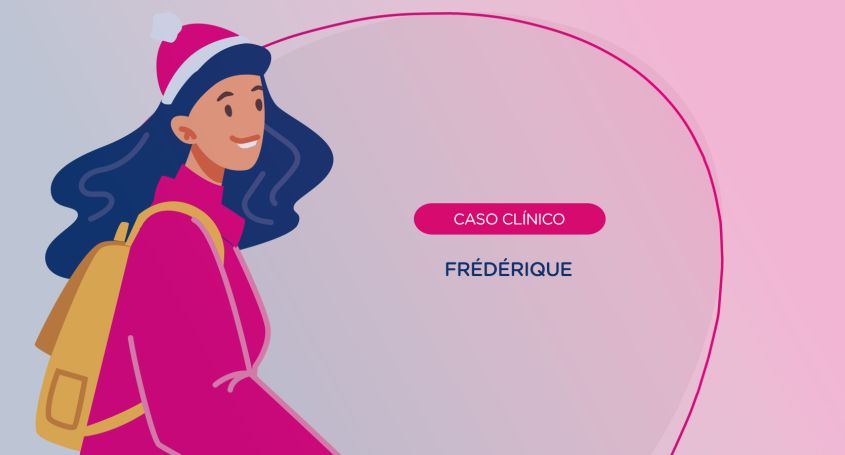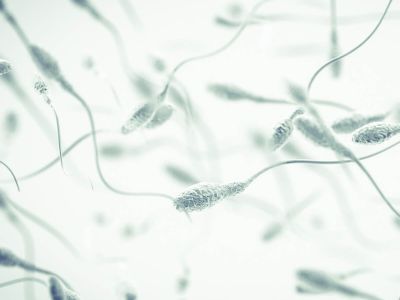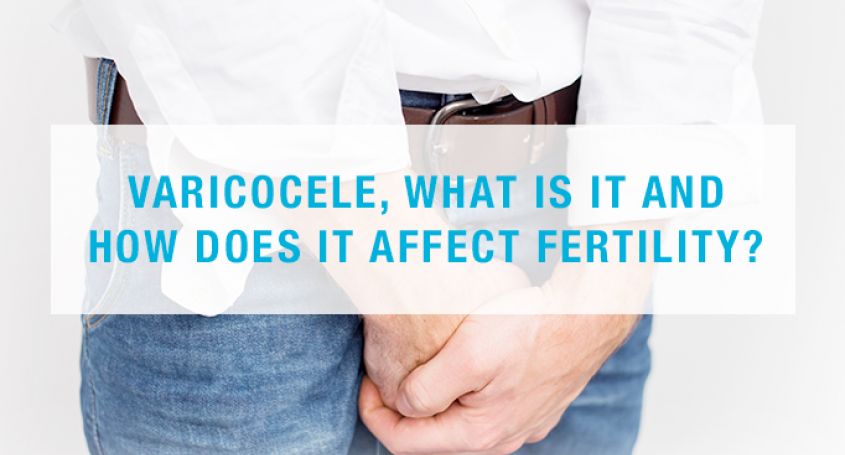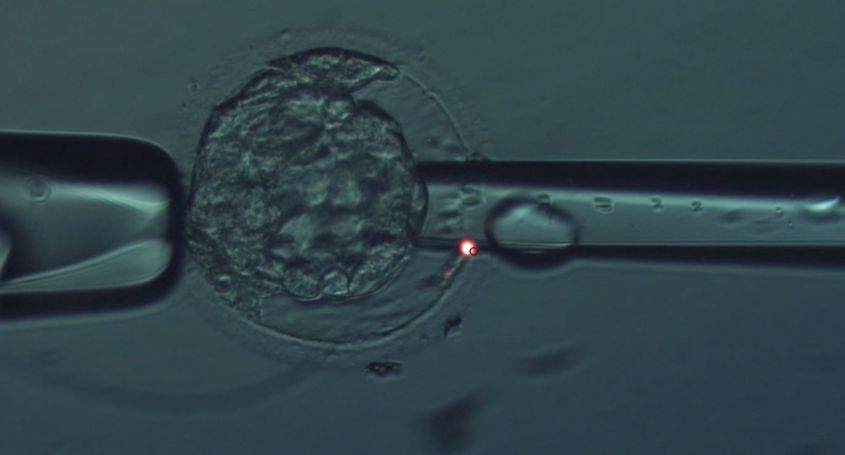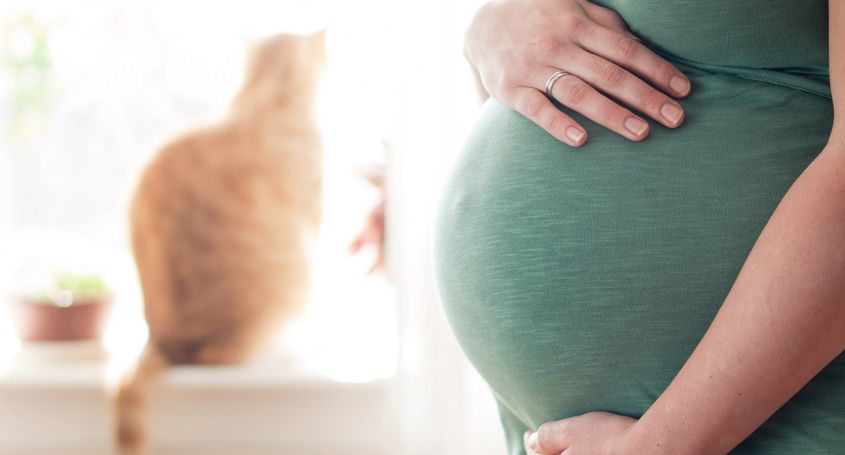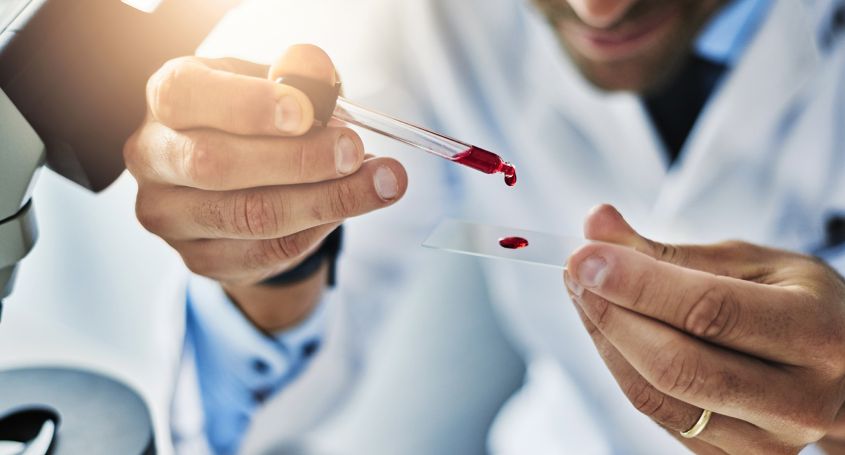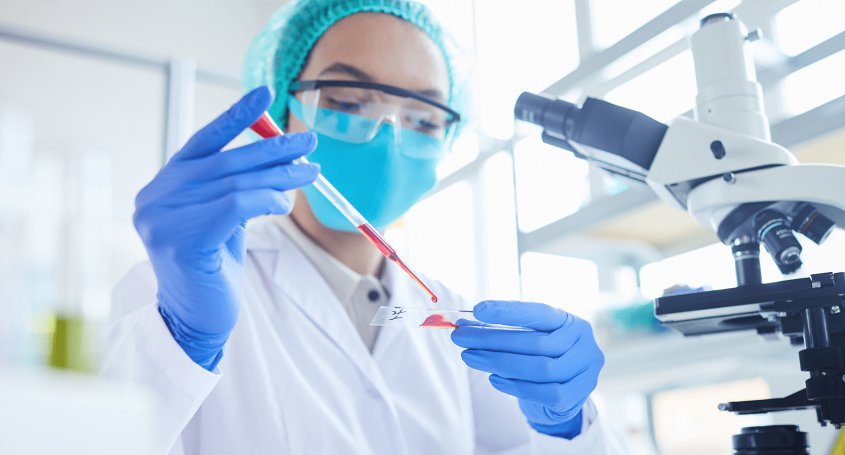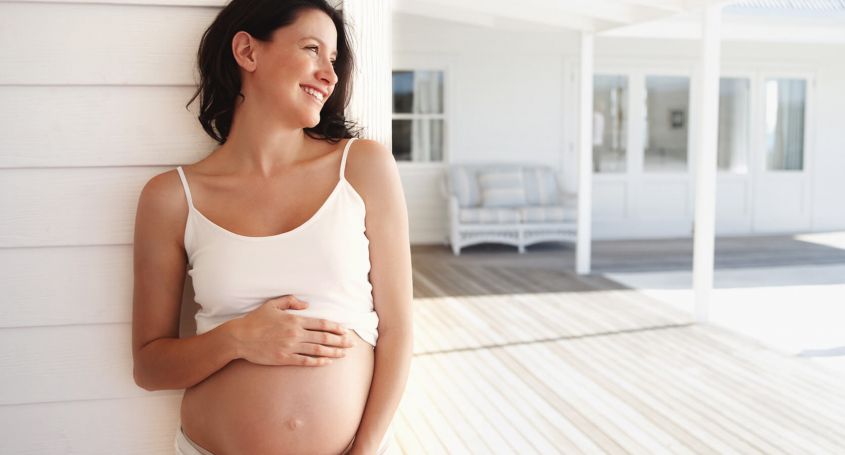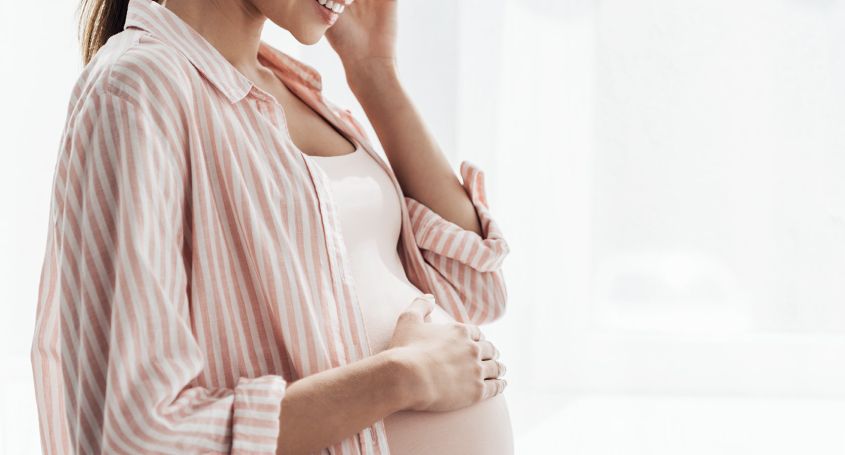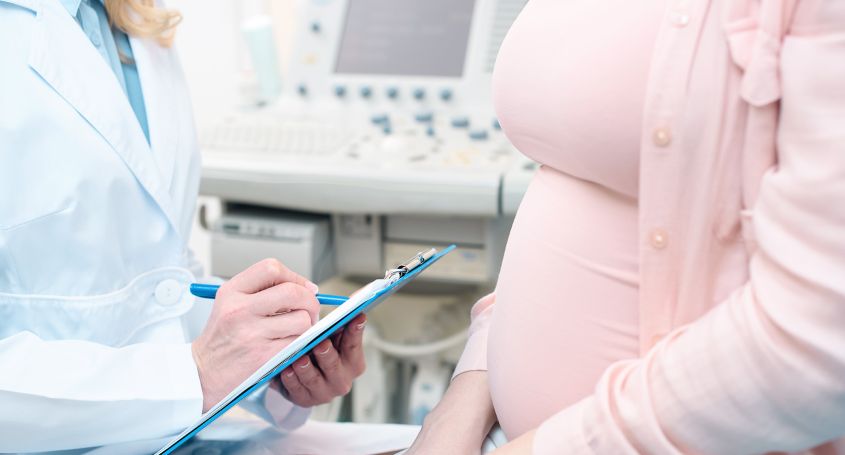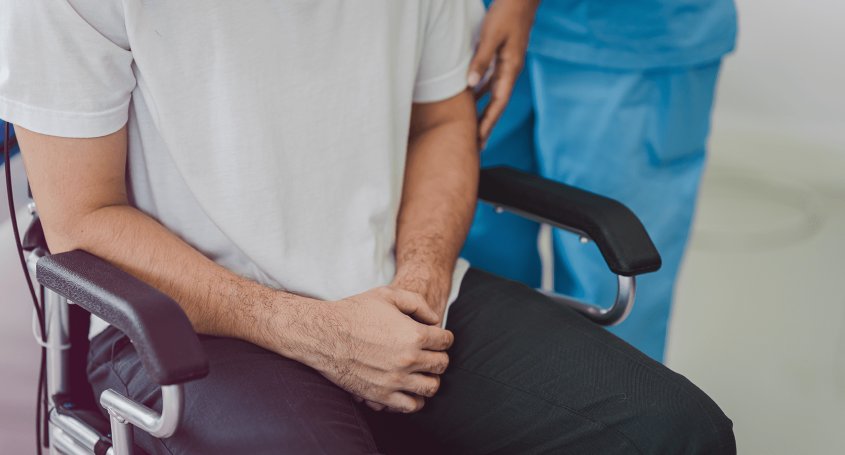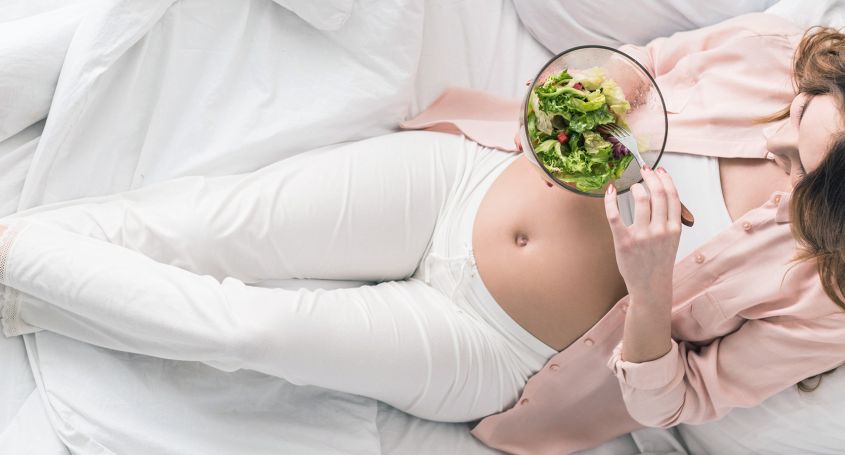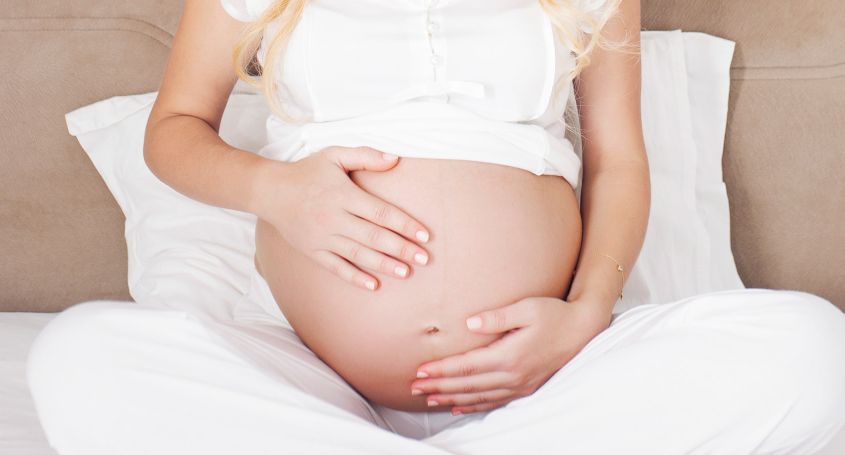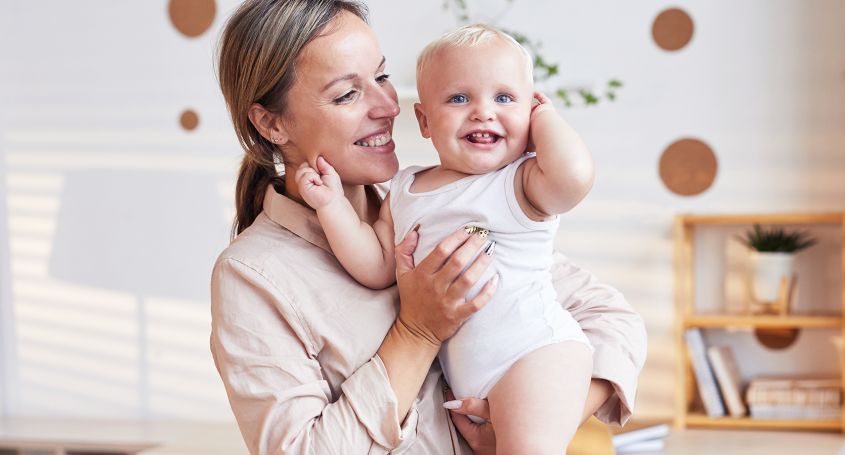Preimplantation Genetic Diagnosis (PGD) is a technique that allows embryos without genetic alterations to be selected to increase the chances of successful pregnancy.
In this article we present the testimony of Federica, a woman who thanks to in vitro fertilization (IVF) with PGD was finally able to have her daughter.
Identifying a fertility problem
Federica and her husband decided to investigate if they had any fertility problems after a year of trying to get pregnant without success. That's when a spermogram revealed that there was a hypofertility problem that made it difficult to conceive. A series of thorough examinations and ultrasound of the testicles showed that his partner had varicocele, a dilation of the veins at the testicular level that can alter spermatogenesis and that affects 22% of men and is responsible for 40% of cases of male infertility . This problem is easy to treat with outpatient surgery, greatly improving fertility parameters.
Further examinations, including a FISH, and sperm DNA fragmentation and decondensation studies to analyze the chromosomal endowment of the sperm showed that there were no additional genetic problems.
Added difficulties
After surgery, they adopted an impeccable lifestyle to increase natural fertility. They reduced alcohol consumption, their partner quit smoking completely, and improved their diet. A year later, her husband's sperm had improved significantly, although they were still unable to conceive naturally.
So, they went to a gynecologist specializing in assisted reproduction , who diagnosed Federica with endometriosis. Despite having consulted with many gynecologists since adolescence due to her severe menstrual pain, she had never been diagnosed with endometriosis.
Federica consulted with a specialist in Paris, who confirmed that the endometriosis lesions had not affected her ovaries, tubes, or uterus. The gynecologist considered that surgery was not a good option and suggested ovulation induction treatments.
First assisted reproduction treatments
Federica underwent two ovulation inductions and three intrauterine inseminations, but none were successful. Eventually, they decided to opt for IVF, although it was not an easy decision, and it took them time to assimilate.
Federica started researching and found that IVF success rates abroad were better than in France, and that there was a possibility to perform IVF with PGD to increase the odds of success. Initially, they went to a clinic in Europe, but the experience was not satisfactory. After ovarian stimulation and fertilization, they only obtained one blastocyst to which they could not perform PGD. Although the implantation was successful, the pregnancy did not progress and ended in abortion.
Experience in Barcelona IVF
After this hard blow, which had a strong psychological impact on Federica and her partner, they decided to try IVF again, but this time they opted for Barcelona IVF . They contacted Dr. Cristina Guix, who, after carefully studying Federica's history, proposed a treatment protocol.
Federica did the ovarian stimulation under the supervision of her gynecologist, and they traveled to Barcelona for follicular puncture. On the day of egg retrieval, they were taken to the clinic, where Federica felt very cared for and reassured to find that the staff spoke French.
The procedure was under general anesthesia and lasted about 10 minutes. 17 oocytes were obtained, of which 15 were fertilized, obtaining 11 embryos and finally 9 blastocysts. PGD revealed that some of the blastocysts were not genetically viable, a common finding due to aneuploidy, which is the presence of an incorrect number of chromosomes; although they were able to identify three genetically viable embryos.
The process culminated in the transfer of a healthy embryo, a magical moment that Federica and her partner were able to see on a screen, and finally, a positive pregnancy test.
Federica and her husband have two healthy vitrified embryos left and are in the process of transferring a second embryo, so we wish them the best of luck.
Federica's story is a demonstration of resilience and perseverance, but it also highlights the importance of choosing the right professionals to accompany you through the process. For those considering this path, Federica advises staying informed, seeking out trusted clinics, and preparing for the emotional ups and downs of the process, and reminds them that the reward at the end of the road makes every step worthwhile.
Federica's full testimony can be heard on the IN-Fertile Cast podcast "Becoming parents through IVF with pre-implantation diagnosis (PGD)" (only available in French).
